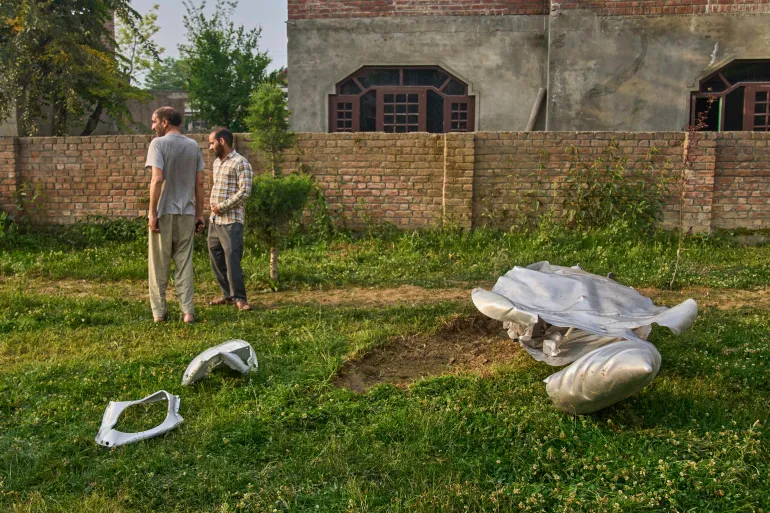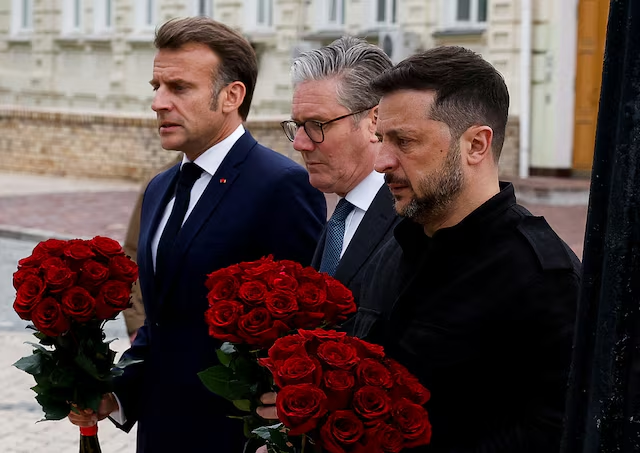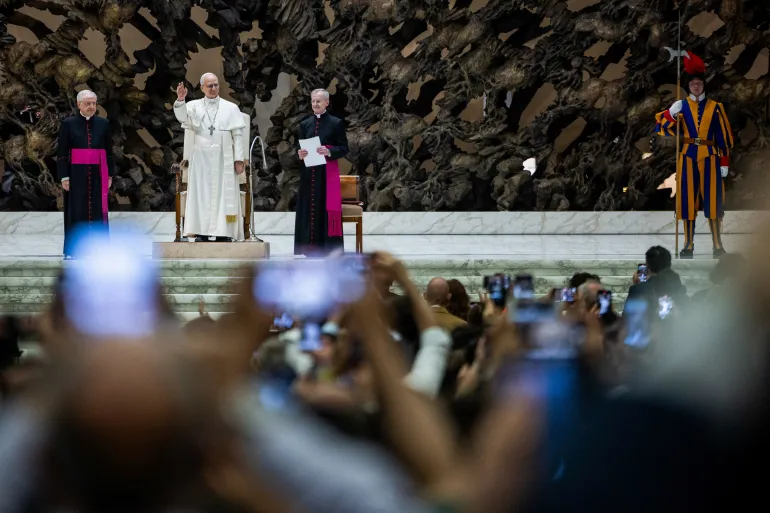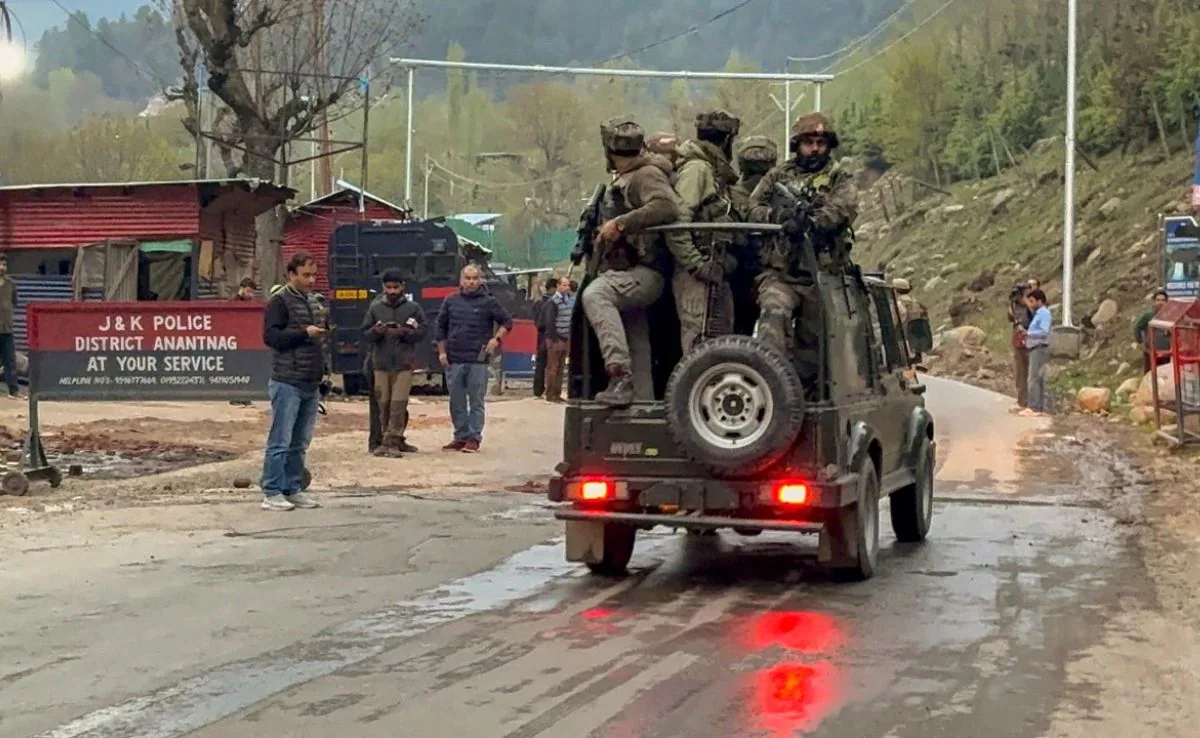In the wake of India’s recent military strikes on Pakistan and Pakistan-administered Kashmir, a parallel battle has erupted—not on the ground, but in the realm of information. Both nations are engaged in a fierce contest to control the narrative, each presenting divergent accounts of the events, casualties, and intentions behind the actions.
India asserts that its operation targeted “terrorist infrastructure” in response to a deadly attack in Pahalgam, Indian-administered Kashmir, which claimed 26 civilian lives. Indian officials emphasize that the strikes were precise, aimed solely at militant facilities, and resulted in no civilian casualties. Conversely, Pakistan contends that the Indian strikes hit civilian areas, including a health center, leading to the deaths of non-combatants, among them a three-year-old girl.
Further complicating the situation are conflicting reports about aerial engagements. Pakistan claims to have downed five Indian jets, while India has yet to confirm these losses, with some officials acknowledging that three jets crashed in Indian-administered Kashmir without specifying their origin.
Adding to the confusion, Pakistan alleges that Indian soldiers raised a white flag—a universal symbol of surrender—at a military post along the Line of Control. Indian authorities have not addressed this claim, and given that the two nations are not officially at war, the context and veracity of this assertion remain unclear.
This information war is not unprecedented. Historically, India and Pakistan have engaged in similar battles of narratives, each aiming to bolster domestic support and international sympathy. The current scenario underscores the challenges in discerning objective truth amid state-controlled information and propaganda.
As tensions escalate, the international community urges restraint and transparency. Independent verification of claims is crucial to prevent misinformation from further inflaming an already volatile situation between the two nuclear-armed neighbors.
Source; Al Jazeera



